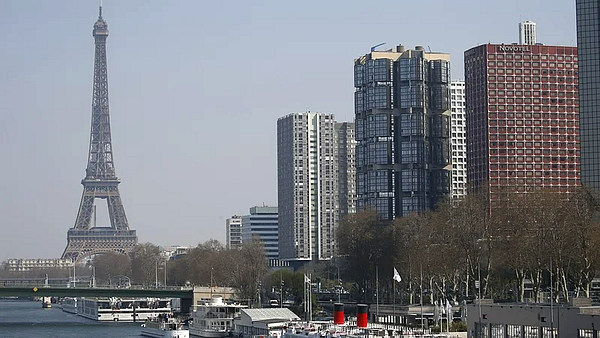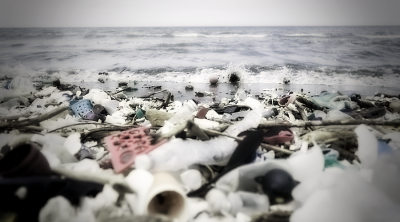COPENHAGEN: Despite a fall in emissions due to Covid curbs, nearly all EU urban dwellers in 2020 were exposed to microparticle pollution that breached recommended UN limits, the bloc’s environmental watchdog said.
“Critically for health, 96 percent of the urban population was exposed to concentrations of fine particulate matter (PM2.5) above the WHO guideline of 5 micrograms per cubic meter,” the European Environment Agency (EEA) said.
Estonia was the only EU country where urban PM2.5 levels did not exceed World Health Organisation (WHO) recommendations, while Italy and Eastern Europe had the highest levels, it said in a report.
However, if the EU’s less stringent benchmark for PM2.5 particles is used — 15 micrograms per cubic meter — the picture changes.
Under this scenario, only one percent of urban populations were exposed to levels higher than those recommended by the bloc, it said.

PM2.5 is the term for fine particulates that are typically the by-product of car exhausts or coal-fired power plants.
Their tiny size enables them to travel deep into the respiratory tract, worsening the risk of bronchitis, asthma and lung disease.
In 2019 fine particle pollution is estimated to have caused 307,000 premature deaths in the EU.
“Lockdown measures introduced in 2020 to stop or minimise the spread of Covid-19 led to reduced activity in the road transport, aviation and international shipping sectors, which in turn led to falls in emissions of air pollutants,” the EEA noted.
Levels of nitrogen dioxide (NO2) pollution plummeted by as much as 70 percent, the report said.
Despite the drop, 89 percent of the urban population remained exposed to NO2 levels above WHO guidelines, it said.
According to the WHO, air pollution causes seven million premature deaths per year worldwide, putting it on par with smoking or poor diets.
ADVERTISEMENT
ADVERTISEMENT







































